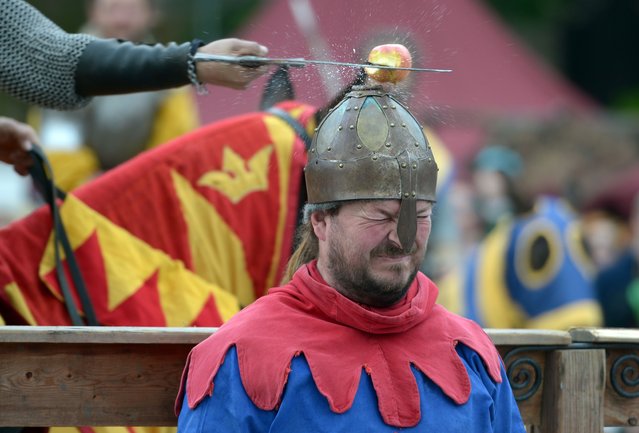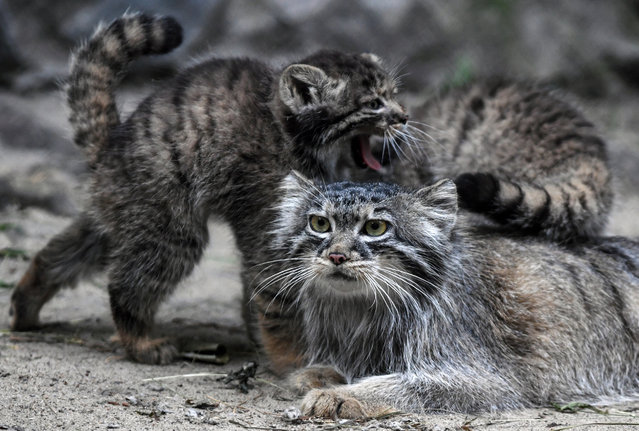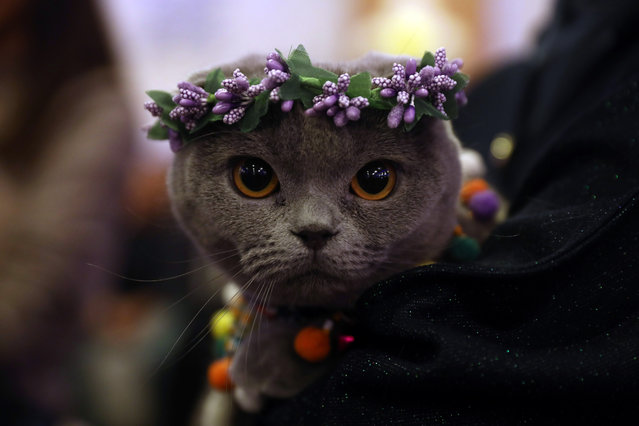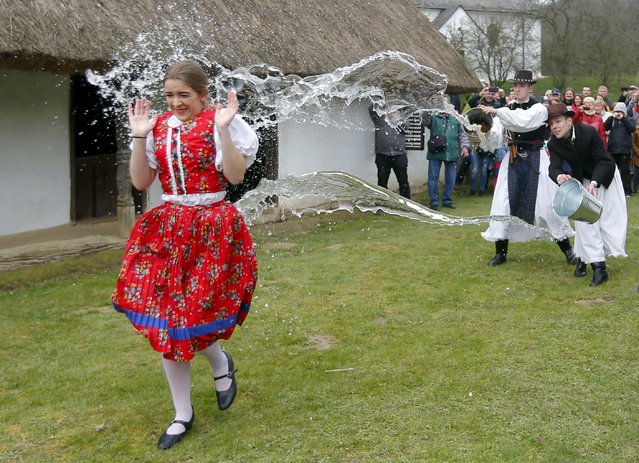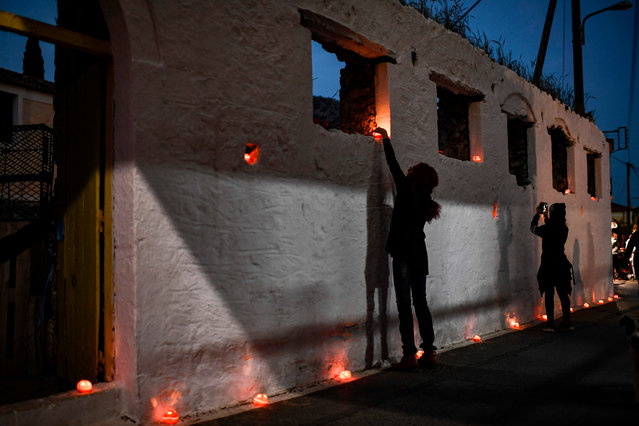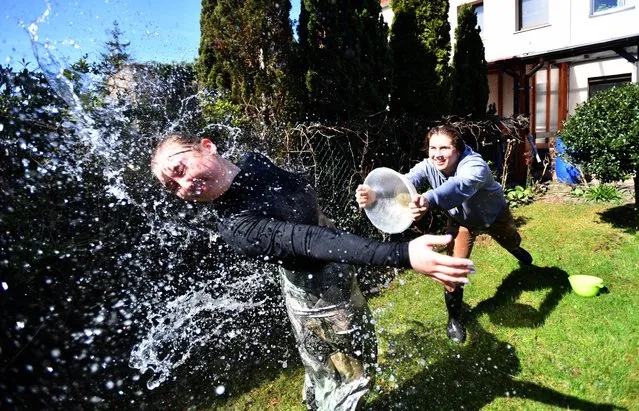
An employee of cake shop prepares chocolate Easter bunnies with masks in Lykovrisi, northern Athens, on Wednesday, April 8, 2020. Cake shops and bakeries in Greece have remained open during a strict circulation ban in Greece to contain the spread of the COVID-19, but authorities have intensified a crackdown on lockdown violations ahead of Easter, which is celebrated by Orthodox Christians on April 19. Greece's Orthodox Church says it will not permit any public gatherings for Easter services. (Photo by Thanassis Stavrakis/AP Photo)
10 Apr 2020 00:07:00,post received
0 comments

